soundproofing?
buyorsell888
14 years ago
Related Stories
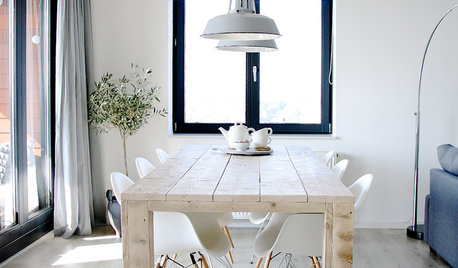
FEEL-GOOD HOME10 Ways to Have a Haven in the City
Escape urban stress by decorating with soothing colors, soundproof layers and other touches that relax and recharge
Full Story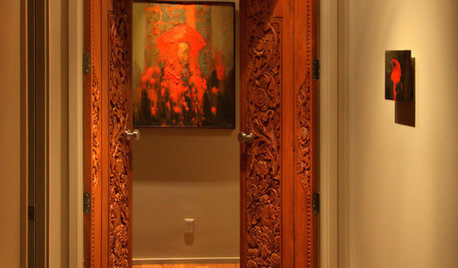
REMODELING GUIDESHouzz Planning: How to Choose an Interior Door
Follow these pointers to choose the interior door that's right for you and your home
Full Story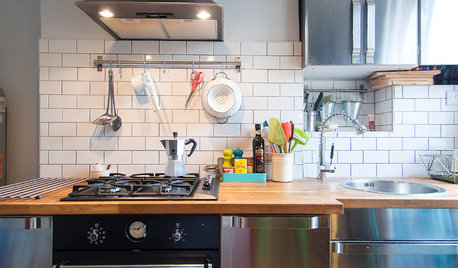
DECORATING GUIDESMy Houzz: A Stylishly Industrial London Flat
Rachel Christie has used her design eye and insider knowledge to create an open and inviting home with a cool edge
Full Story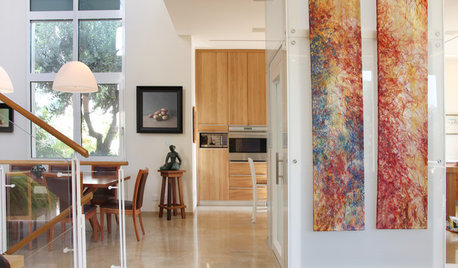
MY HOUZZMy Houzz: Fresh Start for an Art Collector in Tel Aviv
A homeowner rebuilds to suit her new life and make room for entertaining and creative endeavors
Full Story
HOME OFFICESQuiet, Please! How to Cut Noise Pollution at Home
Leaf blowers, trucks or noisy neighbors driving you berserk? These sound-reduction strategies can help you hush things up
Full Story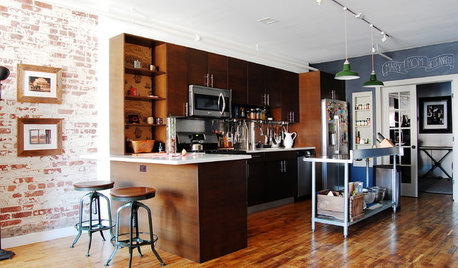
HOUZZ TOURSMy Houzz: Raw Meets Refined in an Open Brooklyn Loft
Exposed brick and rustic elements mix thoughtfully with global art and textiles in a former warehouse
Full Story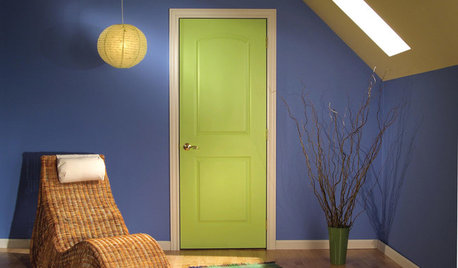
GREAT HOME PROJECTSUpgrade Your House With New Interior Doors
New project for a new year: Enhance your home's architecture with new interior doors you'll love to live with every day
Full Story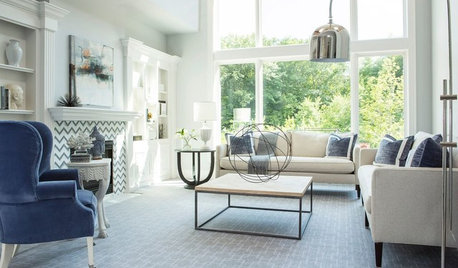
REMODELING GUIDES11 Reasons to Love Wall-to-Wall Carpeting Again
Is it time to kick the hard stuff? Your feet, wallet and downstairs neighbors may be nodding
Full Story
MATERIALSRaw Materials Revealed: Drywall Basics
Learn about the different sizes and types of this construction material for walls, plus which kinds work best for which rooms
Full Story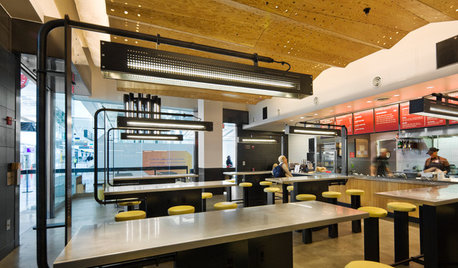
HOME TECHWhat Chipotle and Radiohead Can Teach Us About Sound Quality at Home
Contemporary designs filled with glass and concrete can be hostile environments for great sound quality. Here's how to fix that
Full Story




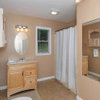
zinnah
buyorsell888Original Author
Related Discussions
Soundproofing walls for a podcast
Q
soundproofing experiences for exterior noise in existing construction?
Q
Good Quality Soundproofed Accordion Doors
Q
Solid panel interior shutters for soundproofing?
Q
reyesuela
MongoCT
johnfrwhipple
reyesuela
davidro1
johnfrwhipple
dedtired
davidro1
reyesuela
johnfrwhipple
davidro1
johnfrwhipple
lazy_gardens
tracey_b
davidro1
kathleenca
johnfrwhipple
soggydollar
buyorsell888Original Author
davidro1
tedwhite